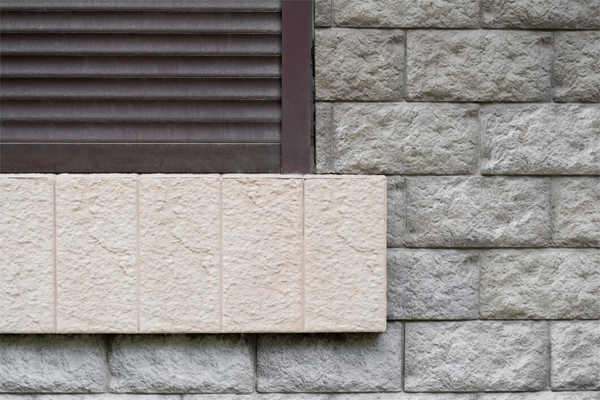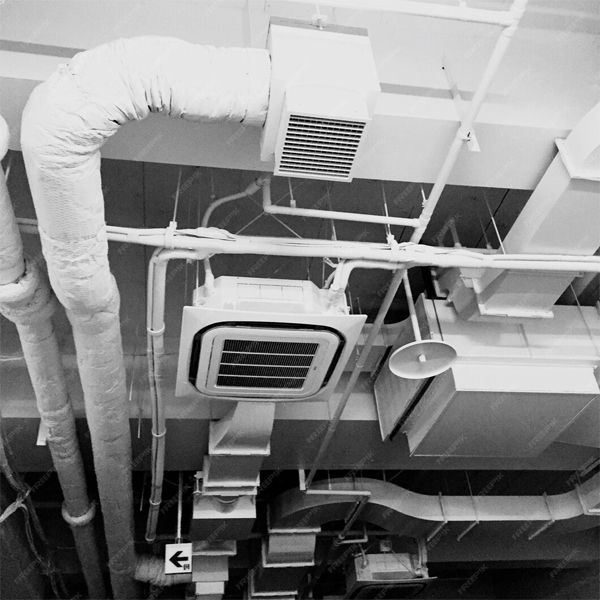External wall cladding refers to the protective or decorative layer applied to the outside of a building’s walls. It serves both functional and aesthetic purposes, providing weather resistance, thermal insulation, and a distinctive architectural look.


HVAC system stands for Heating, Ventilation, and Air Conditioning. It is a mechanical system used to provide indoor comfort by controlling temperature, humidity, and air quality in residential, commercial, and industrial buildings.
